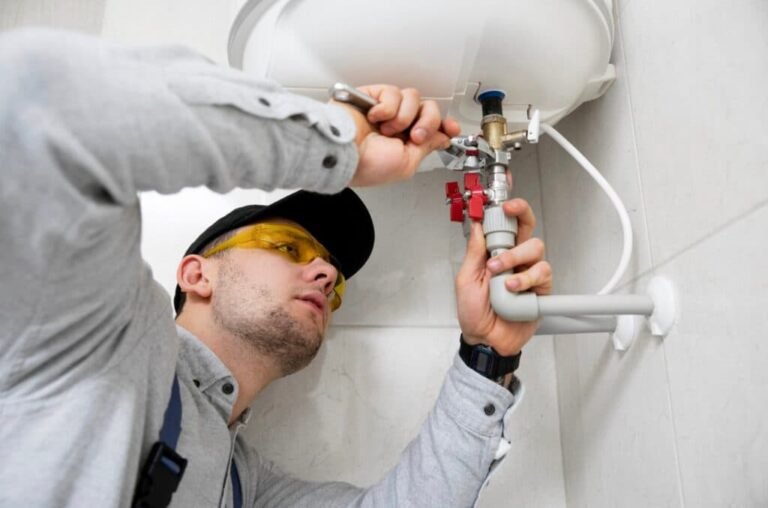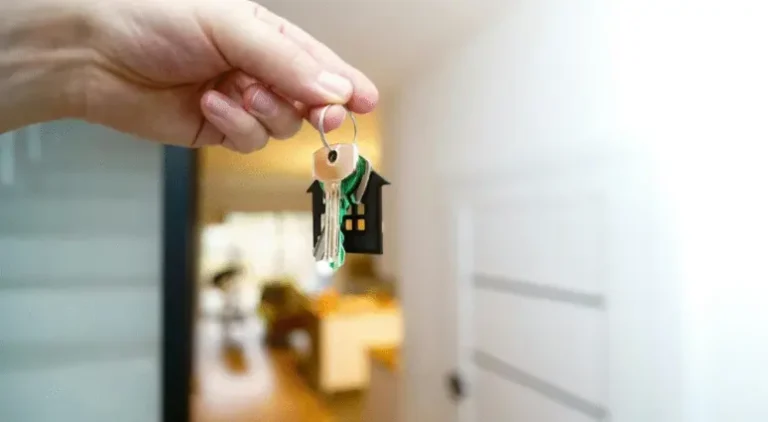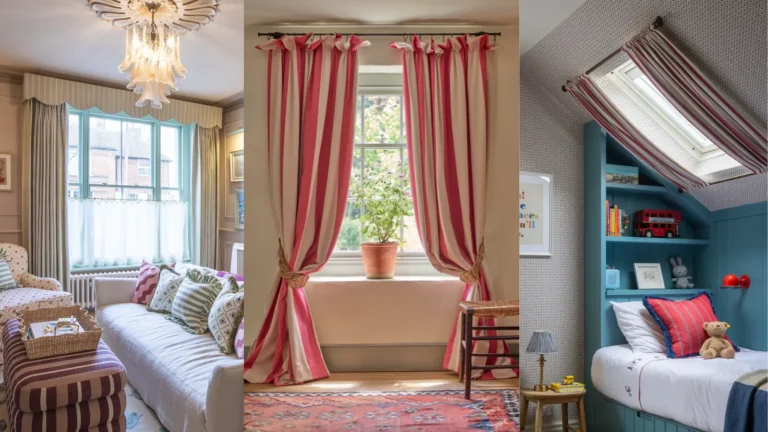How to Transform Your Home’s Exterior with Timber Look Cladding
Want to give your house a fresh new look without breaking the bank? Timber look cladding might be exactly what you’re looking for. This smart exterior solution has been gaining serious popularity among homeowners who want that classic wood appearance without all the headaches that come with real timber. Think of it as getting the beauty of natural wood with the durability of modern materials. Whether your home looks tired and dated or you simply want to boost its curb appeal, this cladding option delivers impressive results that can completely change how your property looks and feels.
What Makes Timber Look Cladding So Special
The magic happens in how these panels are made. Modern manufacturing techniques create incredibly realistic wood textures that fool most people into thinking it’s the real deal. The surface gets embossed with natural wood grain patterns, then colored with UV-resistant pigments that won’t fade over time.
Most quality timber look cladding uses fiber cement or composite materials as the base. These materials are engineered to handle whatever weather throws at them. Rain, snow, intense sun, and temperature swings that would make real wood crack and warp barely affect these panels.
Different Types You Can Choose From
Fiber cement cladding leads the pack for good reasons. It’s made from cement, sand, and cellulose fibers, creating a material that’s both lightweight and incredibly strong. James Hardie and Scyon are two big names making waves in this space, with products that can last 50 years or more with minimal maintenance.
Composite cladding mixes recycled wood fibers with plastic polymers. This combination gives you authentic wood texture while being completely resistant to rot, insects, and moisture damage. It’s slightly more expensive upfront but saves money long-term.
Metal cladding with timber coating offers another route. Steel or aluminum panels get treated with advanced coating systems that mimic wood grain perfectly. These are particularly popular in commercial buildings but work great for modern homes too.
Installation Secrets That Make a Difference
Getting the installation right separates amateur jobs from professional results. The substrate preparation matters more than most people realize. Your existing walls need to be clean, dry, and structurally sound before any cladding goes up.
Proper spacing between panels prevents expansion issues. Most manufacturers recommend 6-8mm gaps to allow for thermal movement. This might seem like a lot, but it prevents buckling and cracking down the road.
Flashing and weatherproofing details around windows, doors, and corners require extra attention. Water getting behind the cladding spells trouble, so these areas need specialized trim pieces and sealants designed for your specific cladding system.
Color and Style Options That Work
Modern timber look cladding comes in an amazing range of colors and finishes. Traditional wood tones like cedar, oak, and pine remain popular, but contemporary grays and charcoals are trending hard right now.
Board widths typically range from 150mm to 300mm, with wider boards creating a more modern look while narrower ones feel more traditional. Some systems offer mixed-width installations for a truly custom appearance.
Real-World Performance Data
Independent testing shows quality timber look cladding performs exceptionally well over time. Fire resistance ratings often exceed those of natural timber, with many products achieving non-combustible classifications.
Maintenance requirements drop dramatically compared to real wood. Instead of annual staining or painting, most timber look cladding needs only occasional washing with soap and water. This translates to thousands of dollars saved over the life of your home.
The thermal performance also impresses. Many systems include insulation backing or create ventilated cavity systems that improve your home’s energy efficiency significantly.







